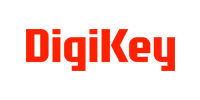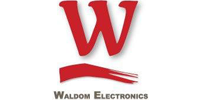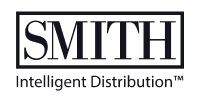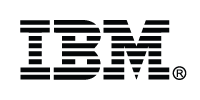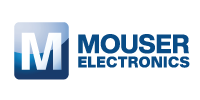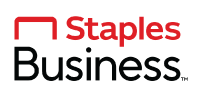Q&A with Transfer Multisort Elektronik (TME)
1. What new market trend are you seeing so far in 2025?
In 2025, we are witnessing a strong push towards further miniaturization and energy efficiency in electronic components, driven by advancements in AI, IoT, and edge computing. Additionally, the demand for sustainable and environmentally friendly components continues to rise, with customers seeking products that align with strict energy efficiency and recyclability standards. Supply chain digitalization and automation are also becoming key trends, helping to enhance logistics and streamline distribution.
2. How are geopolitical events, the rising costs of business, and the labor shortage impacting your organization?
Geopolitical instability and rising costs are major challenges for the entire electronics industry. Supply chain disruptions, increased raw material costs, and currency fluctuations require us to maintain a flexible sourcing strategy and diversify our supplier base. We are also investing in automation and digital solutions to optimize operations and reduce dependency on labor-intensive processes, helping us navigate workforce shortages.
3. What new ESG (environmental, social, and governance) initiatives or plans have you put in place?
Sustainability is a key focus for TME. We are continuously working on reducing our carbon footprint by optimizing our logistics network, increasing energy efficiency in our warehouses, and investing in renewable energy sources. Additionally, we are expanding our range of eco-friendly electronic components, promoting sustainable solutions for our customers. On the social front, we actively support educational initiatives to nurture future engineers and technicians, ensuring long-term development in the industry.
4. What other challenges are you working through and how are you overcoming them?
One of the biggest challenges remains changes in our customers demand, margin erosion and supply chain stability. To address this, we are improving our demand forecasting models, increasing inventory levels for critical components, and working closely with both manufacturers and customers to ensure timely deliveries. Cybersecurity is another growing concern, and we continue to enhance our IT infrastructure to safeguard our operations and customer data.
5. Where do the opportunities lie right now and how is your company leveraging them?
The growing demand for industrial automation, electric vehicles (EVs), renewable energy solutions, and presents significant opportunities. We are expanding our product portfolio to support these markets, offering a wider range of power electronics, sensors, and control components. Additionally, we see great potential in strengthening our e-commerce platform, making component sourcing easier and more efficient for engineers and purchasing teams worldwide.
6. What do you see ahead for the rest of the year (any new trends, challenges, opportunities, etc.)?
We anticipate continued growth in industrial automation and smart manufacturing, as well as increased interest in high-performance computing and AI-driven applications. However, supply chain volatility and regulatory changes will remain challenges. To stay ahead, we will continue investing in innovation, strengthening supplier relationships, and expanding our global logistics capabilities.
7. Do you have specific challenges you are facing due to the new tariffs from the US?
The new tariffs create additional cost pressures and complexity in trade regulations. Additionally, ongoing regulatory changes introduce an element of uncertainty in the trade environment. To mitigate these effects, we are actively exploring alternative supply chain routes and optimizing our sourcing strategies. We also work closely with our U.S.-based customers and partners to ensure minimal disruption and maintain competitive pricing despite these evolving conditions.

